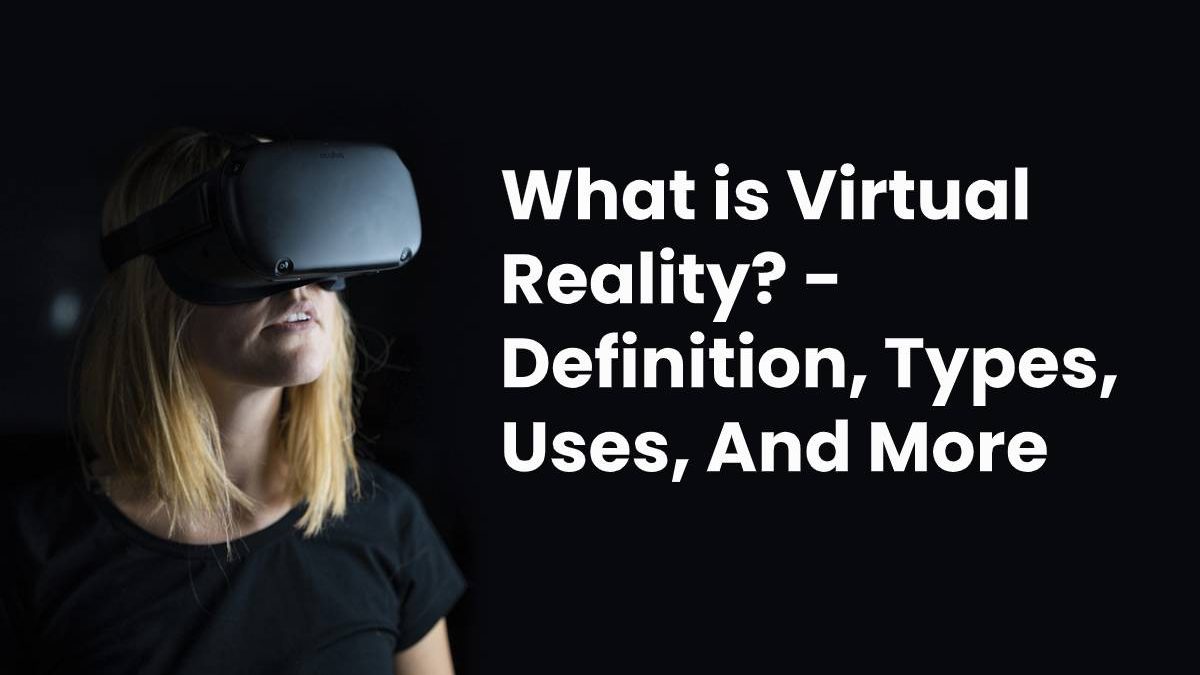Table of Contents
Definition Virtual Reality
Virtual reality is a computerized simulation of new spaces. It can be similar to or completely different from the real world. Applications of virtual reality can include entertainment, medicine, and education.
We have gone from praising 3D technology to needing more and more realistic experiences. Although teleportation is not yet possible, we can say that virtual reality (VR) is a giant step in that goal.
Surely you have heard many times about the immersive experience thanks to special glasses or helmets. Many questions revolve around it.
What is it, and how it works?
In the words of Franco Melly, editor-in-chief of PerúSmart, virtual reality “is an environment in which technology deceives your senses so that you feel as if you are somewhere else.” That is, it is a computerized simulation of diverse spaces in which we can interact and explore as if we were there.
Although it may not seem like it, virtual reality is not something new. The difference is that in the 70s and 80s, we had large equipment to achieve less ambitious results. Today, we already have lenses that give us a superior experience.
How does virtual reality works?
To get into this technology, the user needs to wear a helmet or glasses to start the simulation, and they have a connection with a computer, console, or mobile phone.
They compliment the experience by gloves, controls, sound systems, and even technological clothing with sensors that increase the effect of reality.
The amount of experiential simulations that it allows is very diverse. We can be in Peru right now, but with the help of some lenses, we can move to China and explore new places 360 degrees.
74% of people use virtual reality in video games and 42% for virtual visits. People can meet in a custom VR space designed for business or social connection.
Some details: Virtual, Augmented and Mixed Reality
It is essential to know how to differentiate between the different types of reality that exist so as not to confuse concepts.
Augmented reality
Shows a real place and projects certain virtual elements in it. Usually, use GPS and camera devices, do not need additional accessories. Pokémon Go was one of the most successful applications with this technology.
Virtual reality
Virtual reality as we already mentioned, is immersive, provides the complete experience, and seems to “transport” you totally to other places. To achieve this, you need helmets or special lenses.
Mixed reality
Mixed reality brings the two previous ones together. It allows you to see the real world with virtual elements, but add the lenses to explore, move, and see these elements from any angle without the need for a mobile phone.
Some of the best known [virtual reality] lenses are PlayStation VR, Oculus Rift, and HTC Vive.
What is the Use of Virtual Reality?
Although it does not yet have an extensive use, it can be used for various purposes, here we review some:
Entertainment
Many video games already have this technology that allows us to improve 3D graphics, immerse the user in history and, above all, facilitate their use with increasingly less intrusive and simple accessories.
Education
It is one of the most extensive fields of use in which technology is useful, whether for college or university. Virtual reality allows from visiting museums at a distance as Google did with the exhibition on Frida Kahlo; to design buildings or learn about constellations and planets.
Medicine
It is also used in the health field, for example, in cases of specific surgery to virtualize and simulate body parts before an operation. Also, for therapies that help treat phobias or traumas.

